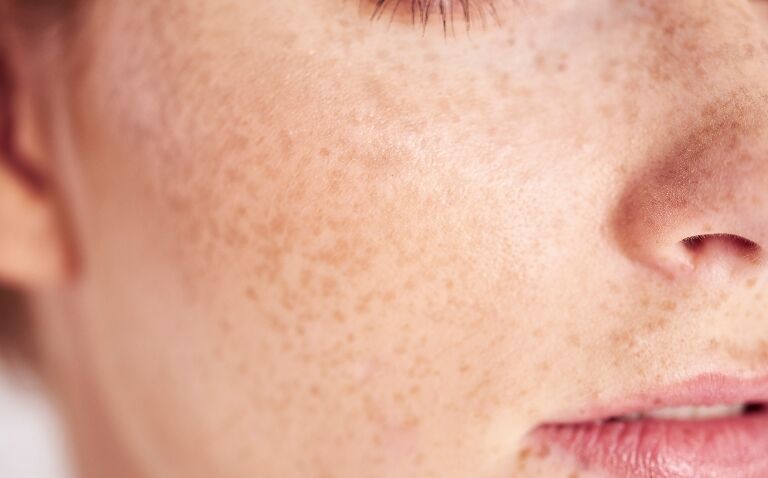The presence of haemoglobin in the skin’s epidermis has been discovered for the first time, offering insight into the skin’s defence mechanisms against ageing and cancer, researchers have announced.
Published in the Journal of Investigative Dermatology, a team from the Keio University School of Medicine in Tokyo sought to determine candidates for unidentified molecules involved in the barrier mechanism by analysing highly expressed genes in the upper epidermis of both humans and mice.
They conducted a comparative transcriptome analysis of the whole and upper epidermis, both of which were enzymatically separated as cell sheets from human and mouse skin.
They found that the messenger RNA level of haemoglobin α, an oxygen carrier in erythroid cells, was enriched in the upper epidermis compared with the levels in the whole epidermis.
To confirm their findings, they then used immunostaining to visualise the presence of haemoglobin α protein in keratinocytes of the upper epidermis.
The researchers also discovered that epidermal haemoglobin was upregulated by oxidative stress and inhibited the production of reactive oxygen species in human keratinocyte cell cultures.
As haemoglobin binds gases such as oxygen, carbon dioxide, and nitric oxide, and is also an iron carrier via the heme complex, it is therefore thought that epidermal haemoglobin is a prime candidate for antioxidant activity and potentially other roles in barrier function.
Professor Masayuki Amagai was lead investigator of the study and professor in the Department of Dermatology at Tokyo’s Keio University School of Medicine, and the Laboratory for Skin Homeostasis at the RIKEN Center for Integrative Medical Sciences, Yokohama.
He said: ’Our findings suggest that haemoglobin α protects keratinocytes from oxidative stress derived from external or internal sources such as UV irradiation and impaired mitochondrial function, respectively.
’Therefore, the expression of haemoglobin by keratinocytes represents an endogenous defence mechanism against skin aging and skin cancer.’
Professor Amagai added: ’Previous studies have identified the expression of various genes with protective functions in keratinocytes during their differentiation and formation of the outer skin barrier.
’However, other barrier-related genes escaped prior detection because of difficulties obtaining adequate amounts of isolated terminally differentiated keratinocytes for transcriptome analysis.’










